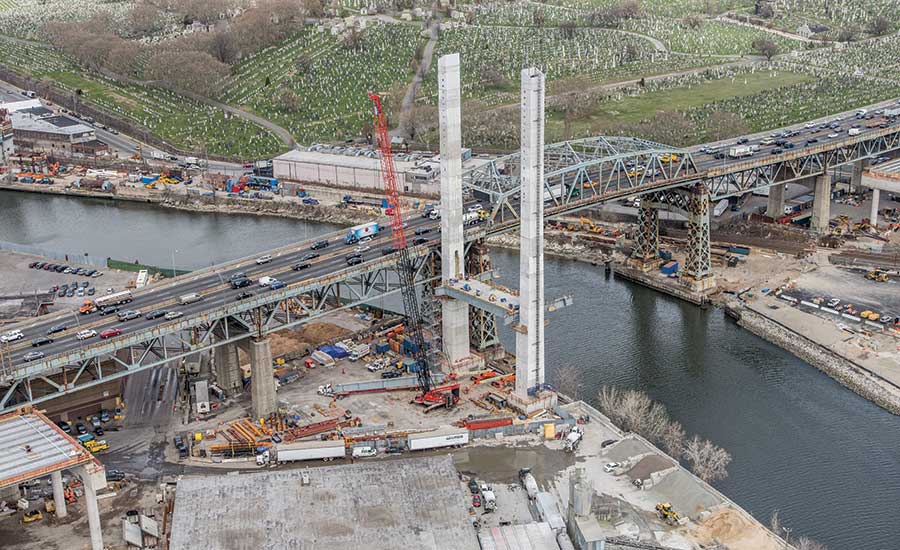Construction spending continued to boom in New York City in 2016, according to the New York Building Congress. New York City construction spending is expected to reach of $43.1 billion in 2016, a 26% increase from 2015, when spending reached $34.3 billion. The increase is largely due to work in the residential sector. “The residential construction sector remains in the midst of a historic run,” said outgoing Building Congress President Richard T. Anderson in a press release. “More than $50 billion in residential spending and the construction of 120,000 new housing units throughout the five boroughs are expected over the four-year period from 2015 through 2018.”
The Building Congress expects the current building boom to continue through the next two years, with $42.1 billion in construction spending projected for 2017 and $42.3 billion in 2018.
Affordable Housing
Building trades and developers in New York City could not agree by Jan. 15 on a deal to set prevailing wages on residential construction to continue the city’s 421-a tax-abatement program—a key catalyst for affordable housing to be built.
“Unfortunately, despite a good-faith effort by all parties, REBNY [Real Estate Board of New York] and the Building Trades were unable to come to a final agreement on the renewal of a 421-a program that would provide good wages to construction workers across the city," according to a statement by Gary LaBarbera, head of the building trades council. "We remain ready to engage with all stakeholders in the weeks and months ahead to achieve our goals of creating needed affordable housing and middle-class jobs for New Yorkers.” That battle to resurrect the law will continue into 2017.
Transportation
Major transportation work continued in New York City this year, with construction taking place at the Tappan Zee Bridge, the Kosciuszko Bridge and the Goethals Bridge. Top design firms featured in ENR New York, including Design Firm of the Year Greenman-Pederson Inc., ranked transportation as their highest source of revenue this year.
In New Jersey, Gov. Chris Christie (R) ordered work to be halted on at least $3.5 billion in "non-essential" state-funded infrastructure projects as its transportation trust fund emptied in a political battle over taxes, leaving construction untouched for more than three months before legislators agreed in early October to a 23¢ gas-tax hike, among other changes, and construction firms scrambled to complete or advance work before winter. Meanwhile, one month later, state voters agreed to a state "lockbox" to earmark new fuel-tax revenue exclusively for transportation.
Construction Safety
Safety was a hot topic this year, as New York City saw a number of construction accidents. A crane accident in February caused officials to implement new wind-speed rules, lowering to 20 mph from 30 mph the wind speed under which crawler cranes must stop work, a move questioned by the construction industry. Just before Thanksgiving, two workers were killed when a steel beam fell out of its rigging at a construction site in Queens. In December, a construction foreman was sentenced to jail related to a 2015 trench collapse death in Lower Manhattan. The foreman's subcontractor employer is set for trial in January.
Clean Energy
The clean-energy market has been key for ENR New York's Contractor of the Year M+W Group, which teamed with the State University of New York to spread the alternative approach to all campuses. “A lot of our growth in the past couple of years has come from our solar business,” says Ron Oakley, M+W Group’s Americas CEO. He says the extension, in 2015, of the 30% federal investment tax for solar-power systems on residential and commercial projects provides a catalyst for companies in the sector. “But it’s not just the tax credit. This is a renewable-energy investment that makes economic sense to these organizations,” Oakley emphasizes.
In Long Island, Chicago-based Invenergy has proposed to build four new wind farms and two solar farms to provide 700 megawatts of generation that would triple the available renewable energy. The plan is a response to New York Gov. Cuomo’s (D) plan to generate 50% of the state’s energy from renewable sources by 2030.





